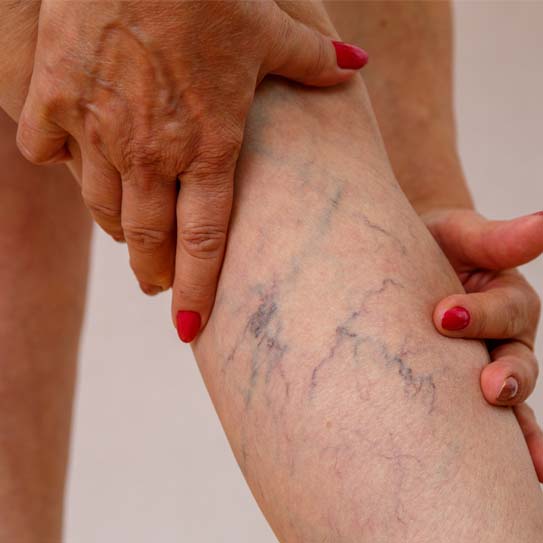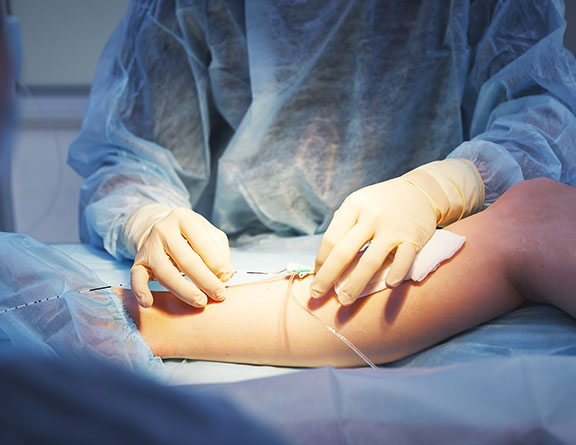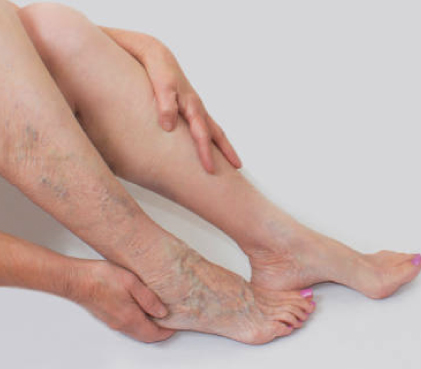
Whichever method you choose, the first step will be to harvest the hair to be transplanted. The head will be shaved so that the scalp can be clearly seen. A local anesthetic will be administered to ensure that the patient feels no pain or discomfort when the strip or the hair follicles are removed.
After the follicles are implanted, they will be cleaned by a technician before implantation. A local anesthetic is then injected into the area where the hair follicles will be implanted. The surgeon will implant each hair follicle into the target area in the form of a suitable beard.
Preparation for beard transplant surgery begins a few weeks before the scheduled surgery date. Patients are instructed as follows-

Who can have a beard transplant?
Generally, beard transplants are more effective for male pattern baldness. Additionally, the procedure is a good option for people who experience facial hair loss due to burns, trauma, or genetic conditions.
What is the appropriate age for a beard transplant?
The legal age for a beard transplant is 18 years old. However, at this age, the beard is still growing. This is why most surgeons ask patients to wait until they are 20 years old to consider seeking treatment.
When can I shave again after a beard transplant?
Normally. You can safely shave your face 10 days after the procedure. However, this can be different for each patient. If the patient has very little facial hair, there may not be much hair growth at this stage. If so, it's best to ask your surgeon about it. How many hair transplants does it take to transplant a full beard?
How many hair transplants does it take to transplant a full beard?
The number of grafts required for a hair transplant varies depending on the patient's needs. Typically, the number of pieces needed ranges from 2,000 to 3,000.

Also known as endovenous laser treatment or EVLA, this is a minimally invasive ultrasound-guided procedure that involves the use of ultrasound images and laser fiber in order to kill the delicate lining of the veins. After a few days following the procedure, the body absorbs the dead tissues, closing off the abnormal veins with minimal or no discomfort. This is one of the most commonly preferred methods as it involves far fewer complications, and the recovery time, as well as the success rate of this method, is much faster and higher than that of any surgical process.

Also known as endovenous laser treatment or EVLA, this is a minimally invasive ultrasound-guided procedure that involves the use of ultrasound images and laser fiber in order to kill the delicate lining of the veins. After a few days following the procedure, the body absorbs the dead tissues, closing off the abnormal veins with minimal or no discomfort. This is one of the most commonly preferred methods as it involves far fewer complications, and the recovery time, as well as the success rate of this method, is much faster and higher than that of any surgical process.

Also known as endovenous laser treatment or EVLA, this is a minimally invasive ultrasound-guided procedure that involves the use of ultrasound images and laser fiber in order to kill the delicate lining of the veins. After a few days following the procedure, the body absorbs the dead tissues, closing off the abnormal veins with minimal or no discomfort. This is one of the most commonly preferred methods as it involves far fewer complications, and the recovery time, as well as the success rate of this method, is much faster and higher than that of any surgical process.